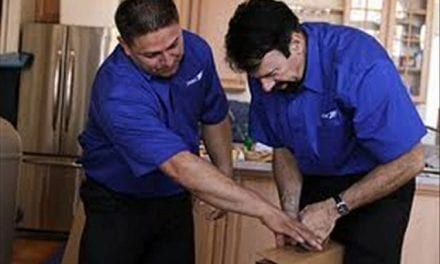Every senior living community wants happy employees — staff who look forward to coming to work; who routinely do their best; who go beyond what’s being asked of them.
Every senior living community wants happy employees — staff who look forward to coming to work; who routinely do their best; who go beyond what’s being asked of them.
In HR parlance, these team members are “engaged,” rather than merely “satisfied,” according to Mark Woodka, CEO of OnShift, developer of web-based staff scheduling and labor management software and Senior Housing Forum Partner. “Building an engaged staff starts from day one. Managers need to have a plan in place that provides employees with needed information, empowers them to ask questions and rewards them for a job well-done,” Mark said.
Engaged Team Members
Unfortunately, employee engagement among American workers is not very high. A recent Gallup study reported that only 29% — a smidgen less than three in ten — are fully engaged in their jobs. Worse yet, nearly two in ten are actively disengaged — they hate their jobs, are unproductive and spread negativity.
Mark pointed out that “one way to improve engagement is by establishing a mentor program. These programs not only help onboard and engage new staff, but also keep your best staff members engaged by recognizing their skills and value to your organization.”
Your Own Mentoring Program
To get a mentor program started, OnShift recommends these steps:
- Work with the director of resident care and other department heads to determine a short-list of mentor candidates.
- As Executive Director/Administrator, interview the candidates, perhaps along with one or two other department heads. Verify the mentor candidates’ qualifications including:
- technical skill
- customer service abilities, and
- attendance record.
- Keep in mind mentors must have the capacity and an approachable disposition to be effective.
- Ensure that mentors understand their roles as confidant and guide. They serve as the “go-to” person for their department’s staff who have questions or need resources.
- Initiate your mentorship program among employees with some hoopla: announce the selection of mentors at your stand-up meeting, and share the news in your employee newsletter or website blog along with a photo and brief biographical information. You could even consider throwing a small departmental party to recognize the occasion.
As Mark concluded, “Keeping your star employees engaged with a little added responsibility can help ensure their skills and work ethic are shared all the way down the line.”
A mentor program is just one step you can take to improve employee engagement. In the future, OnShift will supply additional tips and action plans for employee engagement. But in the meantime, what do you recommend? What are you doing to acknowledge and develop your community’s Super Stars?
Learn more about employee engagement in this whitepaper from OnShift, 5 Step Action Plan to Improve Employee Engagement
Pam McDonald








